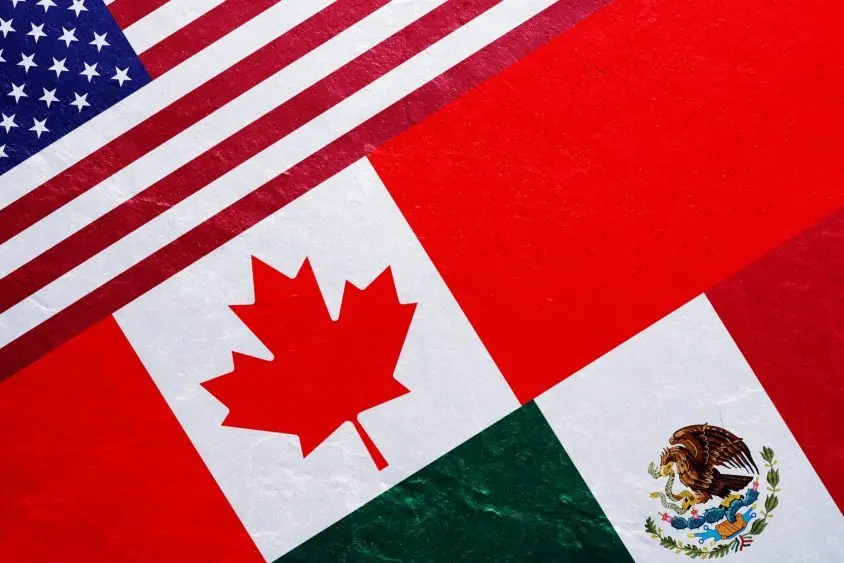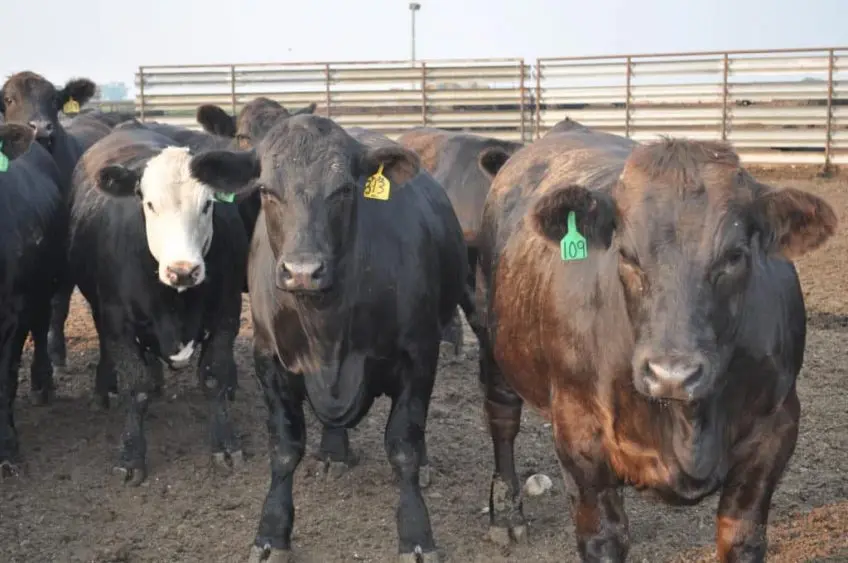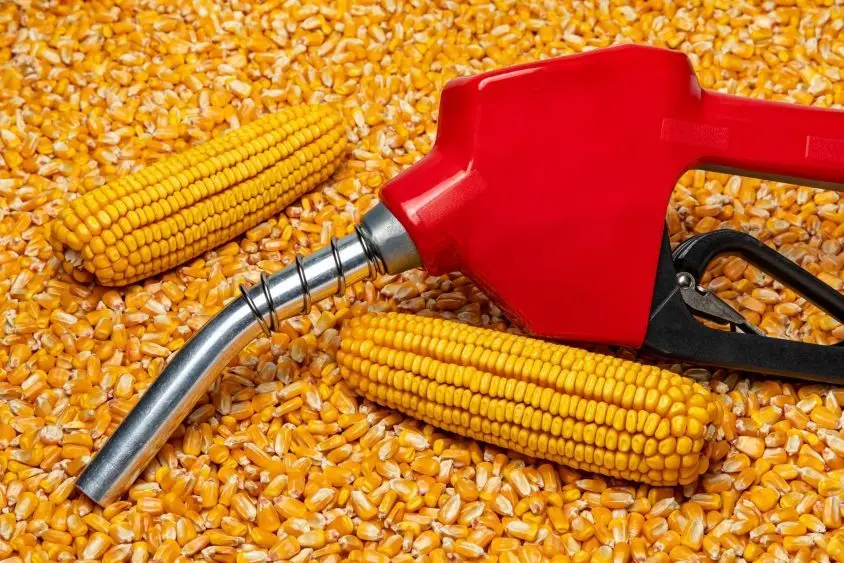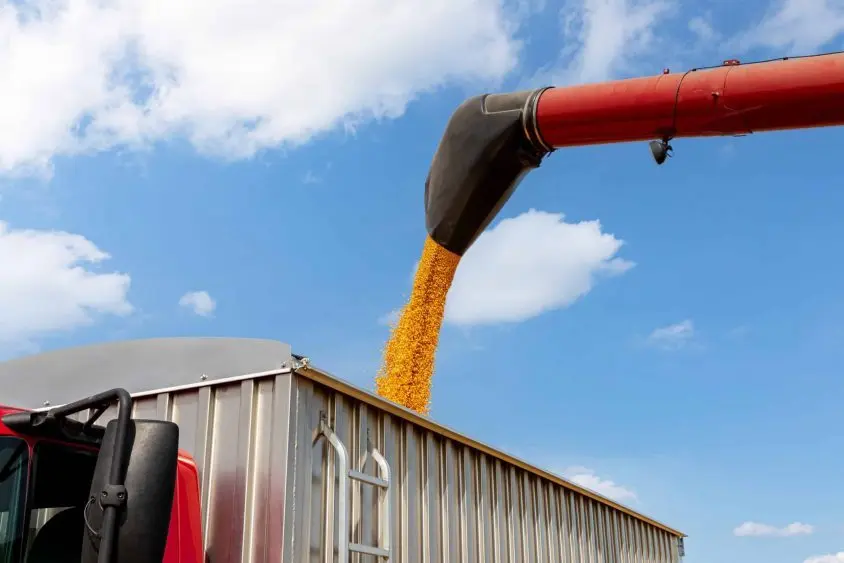
The U.S.-Mexico-Canada Agreement (USMCA) on trade was the focus of two Nebraska events in September. The USCMA, implemented in 2020, was agreed to during President Trump’s first term as the next iteration of the North American Free Trade Agreement (NAFTA). One provision of the agreement calls for a formal joint review. As such, each country has started to prepare for next year’s review and seeking input on the agreement from constituencies. And The Economist reports that on September 16 Mexico and the U.S. launched consultations ahead of the deal’s first formal review.
The first Nebraska event, a listening session on USMCA, involved Congressman Adrian Smith, Nebraska’s Third District Congressman, and Luke Lindberg, Under Secretary for Trade and Foreign Agricultural Affairs, and was held in York. Congressman Smith serves on House Ways and Means Committee and is chair of the Trade Subcommittee which sets and oversees trade policy. Congressman Smith reported participants at the listening session, “discussed the importance of enforcing science-driven, risk-based standards for our agricultural products, providing certainty both for producers and international customers . . .” The second event, Husker Trade Talk, was hosted by the Clayton Yeutter Institute of International Trade & Finance at the University of Nebraska and featured Kellie Meiman Hock, senior counselor at McLarty Associates and former U.S. trade negotiator. Hock’s presentation focused on the joint review of the USMCA and the future for agricultural trade in North America.
Hock said there are three possible outcomes from the joint review: 1) extend the USMCA as is; 2) extend but with a joint review every year; or 3) terminate the USMCA. The first option Hock believes is impossible given the current trade climate and the additional tariffs put in place by the U.S. this year. Nor are the countries likely to terminate USMCA which leaves the second outcome as most likely. Several issues are on the table for review—Chinese investment in North America; transshipment; content percentages to qualify for favorable treatment; trade balances and the U.S. trade deficit; overall compliance; and non-trade barriers. Key agricultural trade issues to be discussed include trade in tomatoes and corn. President Trump imposed tariffs on tomato imports from Mexico, accounting for 70-90 % of U.S. fresh tomato imports. Mexico has floated banning imports of genetically modified corn. Mexico accounted for 30-40% of U.S. corn exports in recent years.
Tariffs imposed by the U.S. will weigh over the joint review according to Hock. The Trump Administration has relied on two statutory authorities to raise tariffs, the International Emergency Economic Powers Act (IEEPA) and Section 232 of the Trade Expansion Act of 1962. IEEPA tariffs, ranging from 10-50%, have been implemented on numerous imports including farm inputs. The North Dakota State University Center for Agricultural Policy and Trade Studies reported, “While U.S. farmers previously enjoyed relatively low tariff rates averaging just less than 1% (overall effective rate) under MFN status, the new trade-weighted IEEPA tariffs push effective rates to 12% and double-digit levels across nearly all categories.” The tariffs have contributed to rising input costs.
Section 232 tariffs can be applied after an investigation by the Department of Commerce and a determination that the imports “threaten to impair” U.S. national security. Thus far, Section 232 tariffs have been applied to automobiles, heavy-duty trucks, steel, aluminum, copper, pharmaceuticals, furniture, and cabinetry while investigations are ongoing on robotics, industrial machinery, and medical equipment. Imports from Canada and Mexico which meet the USMCA content requirements are exempt from the IEEPA tariffs. For example, potash imports from Canada. But imports from Canada and Mexico are not exempt from Section 232 tariffs. It is these tariffs Hock believes makes the extension of USMCA “as-is” nearly impossible.
FIGURE 1. EFFECTIVE TARIFF RATES (TRADE-WEIGHTED) ON AGRICULTURAL INPUTS

Source: IEEPA Tariff Escalation: What It Means for U.S. Food and Ag-Input Imports, NDSU Agricultural Trade Monitor, North Dakota State University Center for Agricultural Policy and Trade Studies, August 2025.
Nebraska agriculture has benefitted mightily from the USMCA and its predecessor NAFTA. Mexico is currently Nebraska’s top market for corn, soybeans, and soybean meal. It is the third-largest market for beef and fifth-largest for pork. Canada is the third-largest importer of Nebraska pork products and the fifth-largest for corn. Nebraska farmers and ranchers clearly have a stake in the outcome of the USMCA joint review. Both markets are vital and it’s important for the USMCA to continue.



